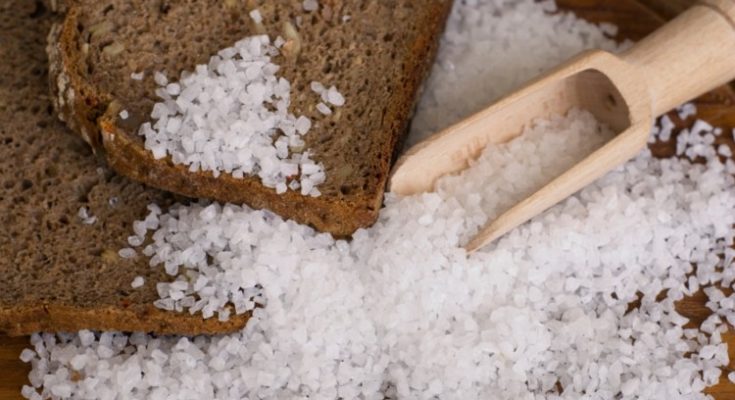Potassium nitrate is the most popular desensitizing agent in dentifrices. At a concentration of 5 per cent potassium nitrate in combination with sodium or mono fluoro phosphate fluoride decreases symptoms dramatically within two weeks of everyday use. Potassium ions penetrate the length of the nerve ending dentinal tubule and block repolarization. Potassium nitrate is used in gunpowder to release large quantities of oxygen for the explosive combustion of carbon and sulphur.
Potassium chlorate for furs, cotton and wool is a part of match tips, a bleaching agent and a dyeing agent. Potassium supplementation is usually provided as potassium chloride, although potassium phosphate is used in special situations. Potassium chloride is not available as a ‘stand-alone’ solution in general wards. Instead, it is prescribed as an ingredient in sodium chloride and glucose solutions. Potassium compounds often occur naturally, but are less frequently encountered than sodium compounds. Seawater contains 4 times as much sodium chloride as potassium chloride.
Potassium Nitrate Uses
Potassium nitrate was for many centuries the only oxidizer used in fireworks. In the absence of metal fuels, potassium nitrate is unsuitable for use as the oxidizer in compositions intended to generate brightly colored flames from strontium, barium or copper compounds. Potassium nitrate can be used as the oxidiser in compositions containing sodium compounds for making yellow flames, to produce soft white flames using antimony(III) sulfide and sulfur and for bright white flames using magnesium or aluminum.
The air-dried plant was found to contain unusually large quantities of potassium nitrate. At the presence of this salt may partly account for the diuretic action of the drug. Material safety data sheets warn that potassium nitrate may be hazardous in case of skin contact, ingestion or inhalation and may harm the blood, kidneys and nervous system of those with prolonged exposure. A molten mixture of sodium and potassium is used as a liquid coolant in nuclear power stations or plants.
Potassium Chloride Side Effects
Oral potassium chloride is used to prevent or correct potassium depletion due to diuretic use or other conditions. Potassium chloride is available not only for medicinal purposes but also as a food supplement and salt substitute. The main adverse reaction to oral potassium salts is hyperkalemia, particularly when they are used in combination with potassium sparing drugs such as spironolactone and ACE inhibitors and gastrointestinal ulceration and perforation, particularly with modified release formulations.
Simple dietary measures provide adequate potassium intake, and it is questionable whether for most patients potassium supplementation in any pharmaceutical form is necessary as opposed to the use of potassium sparing drugs. The risk of hyperkalemia from potassium chloride is increased in patients with renal insufficiency.
The loss of potassium caused by diuretics has long been disputed in their most fiercely debated adverse effect, and the degree and significance of the issue. There has been an extensive review of the effect of diuretics on the potassium balance and their clinical consequences. Potassium replacement should be regularly considered in patients with congestive heart failure, even when the initial determination of potassium is normal.




